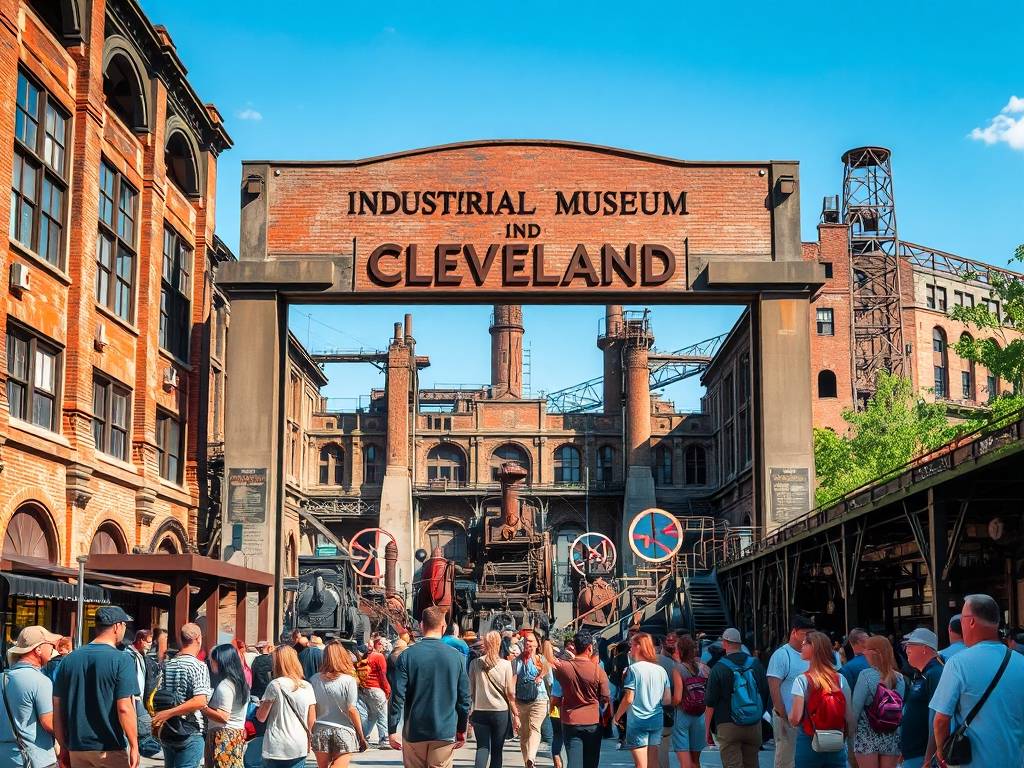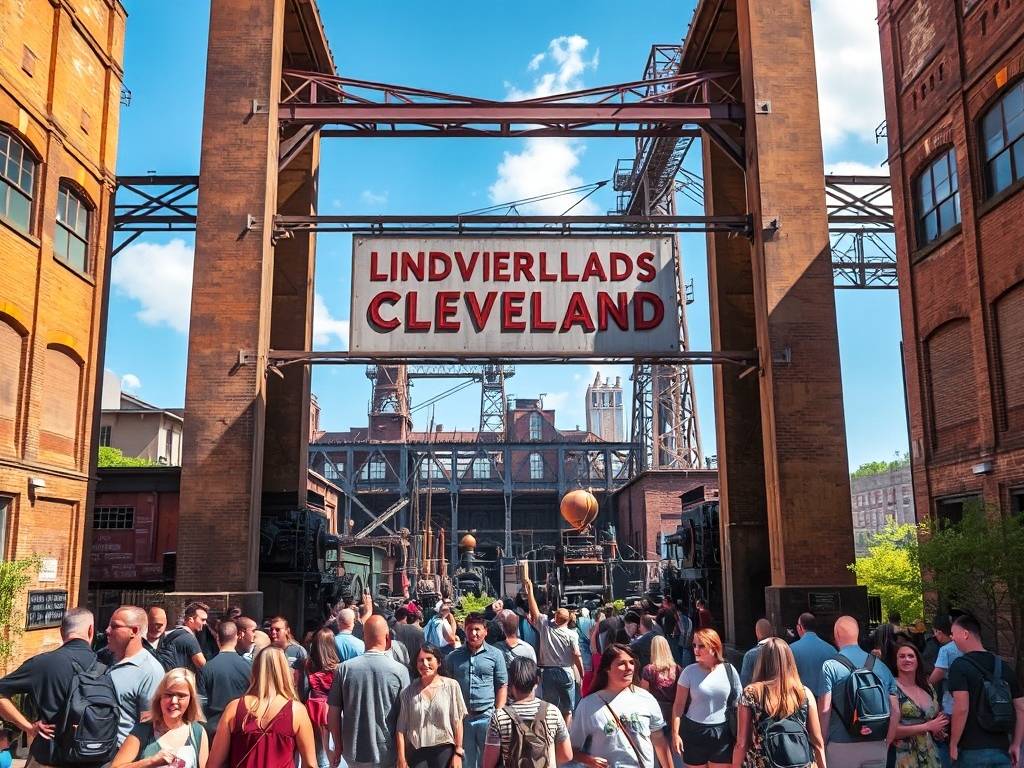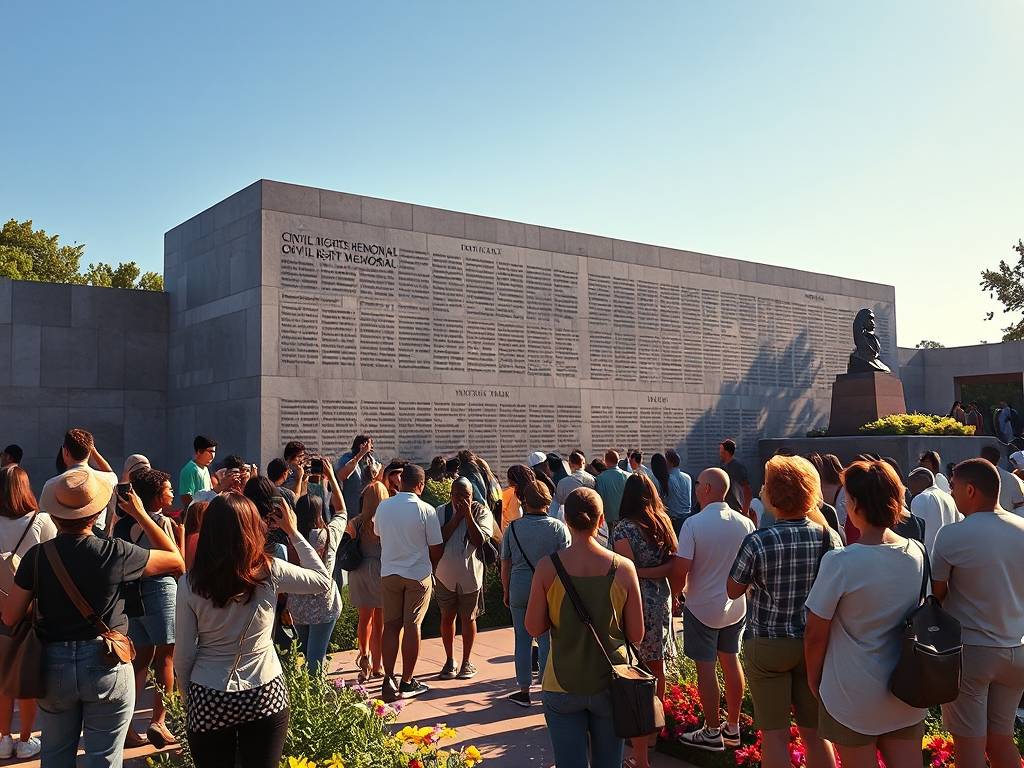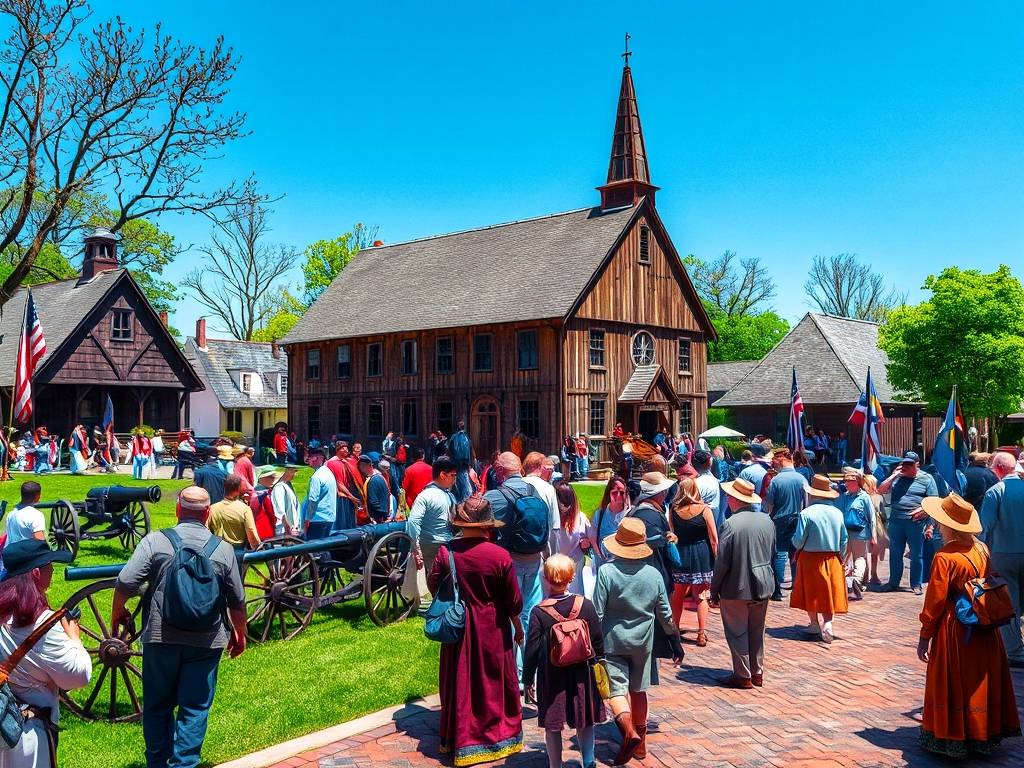USA Travel
US Travel: Industrial Heritage Museums in Ohio’s Cleveland
Cleveland's Forge of Innovation: A Journey Through Ohio's Industrial Heritage Museums
There's a certain rhythm to Cleveland, a pulse that echoes from its past. It’s not just in the gentle lapping of Lake Erie's waves against the shore, but in the imagined clang of steel, the hiss of steam, and the roar of furnaces that once defined this city. Long before it became a hub for world-class healthcare and arts, Cleveland was the "Sixth City," an industrial titan whose output fueled a nation's growth. For the curious traveler, this legacy isn't just a chapter in a history book; it's a living, breathing experience waiting to be explored in its exceptional industrial heritage museums. This isn't about dusty displays behind glass. It's about stepping into the very spaces where American industry was forged, understanding the people who powered it, and discovering a story of grit, genius, and transformation that is profoundly compelling.
Your journey into Cleveland’s industrial soul rightly begins at the Cleveland History Center, the flagship museum of the Western Reserve Historical Society. Housed within a grand, historic building, the center holds treasures that tell the story of Northeast Ohio's rise. But the undeniable crown jewel is the Crawford Auto-Aviation Museum collection housed within. As you walk in, you are greeted by a stunning array of vintage automobiles and aircraft, but this is more than just a car show. It’s a testament to Cleveland’s role as a pioneer in the early automotive industry. In the early 20th century, Cleveland was a Detroit rival, home to over 80 automobile manufacturers. Seeing a 1911 Cleveland Coupe or a sleek Winton automobile isn't just admiring classic design; it's looking at the product of a city buzzing with mechanical innovation. The collection showcases how local craftsmanship, metalworking, and entrepreneurial spirit converged to create some of the most desirable vehicles of the era. It’s a perfect primer on the industrial ecosystem that made such innovation possible, setting the stage for the heavier industries you’ll explore next.

However, to truly feel the scale and sweat of Cleveland’s industrial might, you must venture to the Steamers, Steel, and Ships district and immerse yourself in the Tours of the Steamship William G. Mather Museum. This isn't a replica; it's the real thing. The SS William G. Mather was a massive Great Lakes freighter, a "bulk carrier" that for decades hauled iron ore and coal—the very lifeblood of the industrial Midwest. Walking its decks is a step back in time. You can stand on the bridge, peer into the cavernous cargo holds, and wander through the crew's quarters. The sheer scale of the ship is awe-inspiring, a floating factory and home for its crew. This experience provides a tangible connection to the logistics of the steel industry. You understand how the iron ore from Minnesota met the coal from Pennsylvania and Ohio in the blast furnaces of Cleveland. It’s a crucial piece of the puzzle, illustrating the vital transportation network that sustained the city's industrial engine.
Just a short drive away, the story of what that iron ore became unfolds in the most dramatic fashion at the Ohio City neighborhood's crowning glory: the Tours of the Steamship William G. Mather Museum may show you how the raw materials arrived, but the Cuyahoga Valley Scenic Railroad offers a moving perspective on the industrial landscape. While not a museum in the traditional sense, this heritage railroad journey is an essential, living exhibit. The train tracks themselves run along the Cuyahoga River, the historic artery of Cleveland’s industry. As the train chugs along, you pass by old factories, steel mills, and the very "Flats" area where industry thrived. It offers a unique vantage point to appreciate the geography of industry and how the river and rail worked in tandem. For a deeper dive, consider their special themed rides, which often focus on the area's industrial and natural history, providing expert narration that brings the passing scenery to life.
No exploration of Cleveland's industrial heritage is complete without acknowledging its most famous (or infamous) ecological moment. The Cuyahoga River, which you’ve seen from the railroad, was once so polluted with industrial waste that it famously caught fire multiple times, the last significant fire being in 1969. This event became a national symbol of environmental neglect and directly contributed to the creation of the Environmental Protection Agency (EPA) and the Clean Water Act. Today, this story is not hidden away; it's a central part of the narrative at places like the Cleveland History Center and is visible from the Cuyahoga Valley Scenic Railroad. The river is now a testament to recovery, with kayakers and rowers replacing the industrial flotsam of the past. This adds a powerful, hopeful layer to your journey: Cleveland’s industrial story is not just one of rise and decline, but also of remarkable Urban Revitalization and Rust Belt Renaissance. You see how a city can confront its environmental past and build a greener future, a transformation visible in the parks and trails now lining the river.
This theme of rebirth is perhaps best embodied by a visit that combines industry, art, and food—a true Cleveland specialty. The West Side Market in Ohio City, while a food hall, is a masterpiece of early 20th-century civic architecture and a functioning relic of a time when centralized, hygienic food distribution was a modern marvel. Its vast, vaulted interior and iconic clock tower represent the ambition and public-mindedness of the industrial age. Here, you can taste the modern, multicultural Cleveland while standing in a building that speaks to its historic prosperity. Pair this with a trip to the Tremont neighborhood to see the Industrial Heritage and Art Installations that have popped up around the city. Old factory buildings have been repurposed into chic lofts, art galleries, and restaurants. This seamless blend of the old and new shows that Cleveland isn't trying to erase its industrial past; it's weaving it into the fabric of its contemporary identity.

To make the most of your Planning Your Cleveland Industrial History Tour, consider these tips. The best times to visit are spring and fall when the weather is pleasant for both indoor museums and outdoor attractions like the Mather and the railroad. You can easily spend two to three days diving deep into these sites. Purchase tickets online in advance for popular attractions to save time. Many of these museums are part of the North Coast Heritage Passport program, which can offer significant savings if you plan to visit multiple locations. When it comes to Where to Stay for Museum Access, the downtown area offers convenient access to the History Center and the Mather, while the Ohio City and Tremont neighborhoods provide a more immersive, walkable experience with their own industrial-chic charm.
Cleveland’s industrial heritage museums offer more than just a history lesson; they offer an experience. They allow you to walk the decks of a Great Lakes freighter, stand beside the machines that built a nation, and witness the inspiring story of a city that faced its challenges head-on. It’s a journey into the forge of American innovation, a testament to the power of human endeavor, and a surprisingly beautiful, deeply human story waiting for you to discover. So come with curiosity, and you'll leave with a profound appreciation for the city that built the tools, ships, and cars that built America.
相关文章
- US Travel: Antebellum Home Tours in Mississippi’s Natchez
- US Travel: Native American Cliff Dwelling Tours in Colorado’s Mesa Verde
- US Travel: Maritime History Museums in Massachusetts’s Boston
- US Travel: Gold Rush Trail Visits in Alaska’s Skagway
- US Travel: Colonial Church Tours in Virginia’s Jamestown
- US Travel: Civil Rights Memorial Visits in Alabama’s Montgomery
- US Travel: Historic Fort Tours in New York’s Fort Ticonderoga
- US Travel: Barbecue Tasting Tours in Texas’s Austin
- US Travel: Wine Tasting in California’s Napa Valley
- US Travel: Craft Beer Tours in Oregon’s Portland
发表评论
评论列表
- 这篇文章还没有收到评论,赶紧来抢沙发吧~


